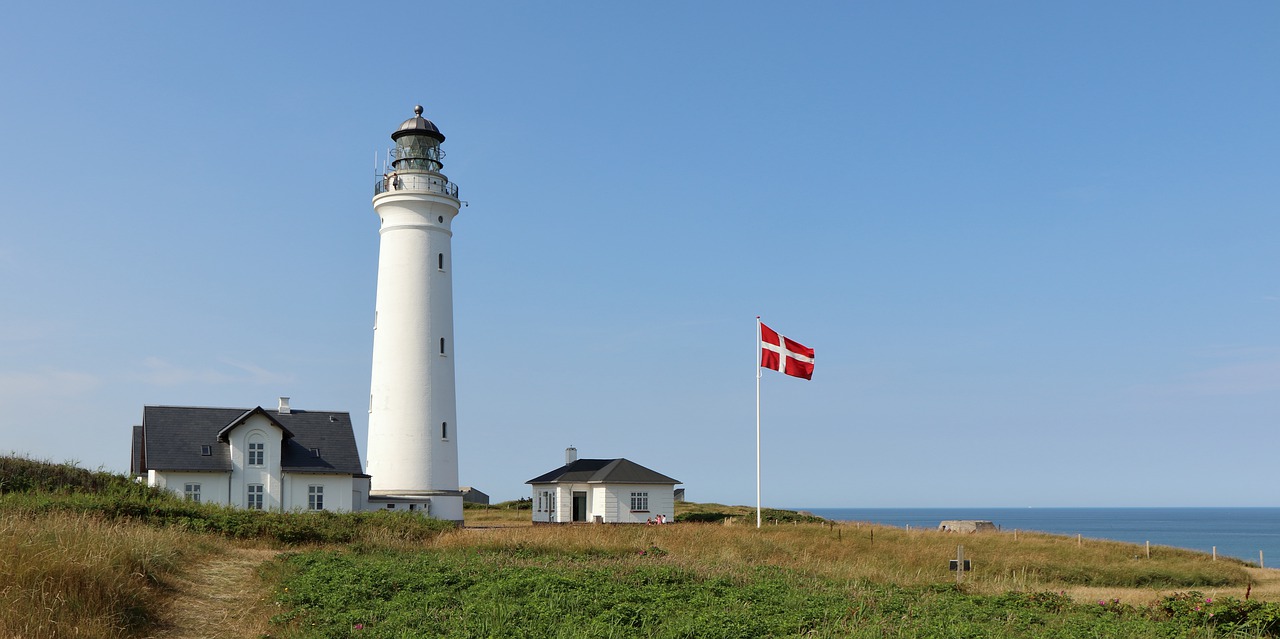
As of today, the majority of retailers in Denmark can once again welcome customers into their shops. After more than two months of coronavirus-related closure, shops with an area of less than 5,000 square meters are allowed to reopen, provided they are not in a shopping center – they are still closed for the time being.
Larger shops such as furniture stores are also allowed to reopen, but customers are only allowed entry after prior registration.
Open-air cultural institutions – for example zoos, amusement parks and open-air museums – are now allowed to receive visitors again if the guests can present a coronavirus test that is no more than 72 hours old. The meeting restriction will be increased from five to a maximum of 25 participants for organized sports and club activities that take place outside.
The only easing of the Danish lockdown measures so far had been in February to allow children to return to their schools up to fourth grade. For the easing, Denmark is increasing its already good test capacities in order to be able to do a maximum of 400,000 PCR or CoV rapid tests per day.
Frederiksen wants to announce long term path
The number of new infections in Denmark has fallen sharply since mid-December. The government in Copenhagen has therefore decided, together with its support parties in parliament, to loosen some of the strict lockdown measures – despite concerns about the spreading British variant of the coronavirus, which is now the dominant one in Denmark.
Other measures will remain in place up to and including Easter – including the strict entry restrictions. As a result, the Danish borders are as good as closed for people from abroad, which is why it will be difficult for tourists from Germany, among others, with this year’s Easter holiday in Denmark. In addition, restaurants, cafes and bars, fitness studios and other facilities have been closed in Denmark since the end of 2020.
What the long-term path out of the CoV measures should look like, Prime Minister Mette Frederiksen wants to discuss today with the leaders of the other parliamentary parties. She hopes that she can then get the opposition on board – for the current easing, her Social Democrats had only reached an agreement with their left-wing supporter parties.



